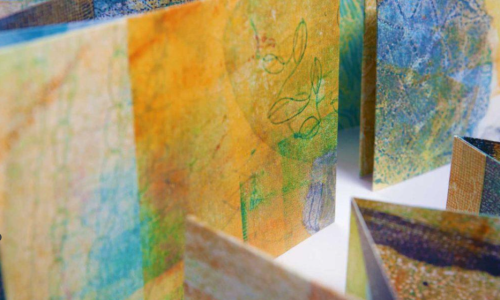Drawing Foundation Course
You can get started with drawing even if you have never picked up a pencil!
This course is designed with beginners in mind, and will give you the best starting point to develop basic drawing skills and explore different ways of using materials and tools. You will gain a good understanding of what drawing is and might be, and be aware of contemporary drawing practice.
This course will provide the building blocks you will need to start out on a degree pathway and will help to build your confidence and familiarise you with the study skills you need to study from home. This is especially relevant if you have been out of education for a long time.
Foundation courses are similar to Level 3 study, however these courses are not accredited. Upon receiving your final assignment feedback you can request a certificate of completion.
Learning Outcomes
Upon completion of the course, we hope you will be able to:
- Have a developing ability in drawing.
- Show increasing inventiveness in your approach to materials and tools.
- Have an improved visual memory.
- Have a greater understanding of what drawing is and might be.
- Have more confidence in your potential as an artist and a growing sense of self-reliance.
- Decide on the nature and direction of your future studies and art practice.
What you will study
There are five sections to this course.
- Part One introduces you to the huge variety of drawn lines or marks, what they mean, their differences and possibilities. By experimenting with materials and tools, you’ll begin to appreciate how you can manipulate marks to achieve different effects.
- Part Two will introduce you to the use of light and how it can affect the way objects or images are seen. Tonal variation is a basic drawing skill that will help you depict light and shade across any surface.
- Part Three explores the illusion of form, creating the illusion of three-dimensional form on a two-dimensional surface and the principles that you can apply to help you when representing real objects on paper.
- Part Four turns your attention to negative and positive space; the space that exists between and around those objects, such as might be found between vases in a still life arrangement.
- Part Five gives you the option to begin exploring mediums that have drawn your interest. You’ll be introduced to print, storyboarding and photomontage, and college and text.
At the end of each section you will submit an assignment to your tutor. The assignments will give you a chance to assimilate your learning for each part of the course. Your tutor will then provide formative feedback to further your development. This can be a written report or video tutorial.
There is no examination at the end of this course.
What you’ll need
- Masking tape
- Small (A5) sketchbooks and large pieces of paper (up to A1)
- Black pens with thick and thin points
- graphite pencils (soft B grades)
- thick compressed charcoal sticks and thinner willow sticks
Course Features
- Lectures 0
- Quizzes 0
- Duration 48 weeks
- Skill level All levels
- Language English
- Students 0
- Assessments Yes




